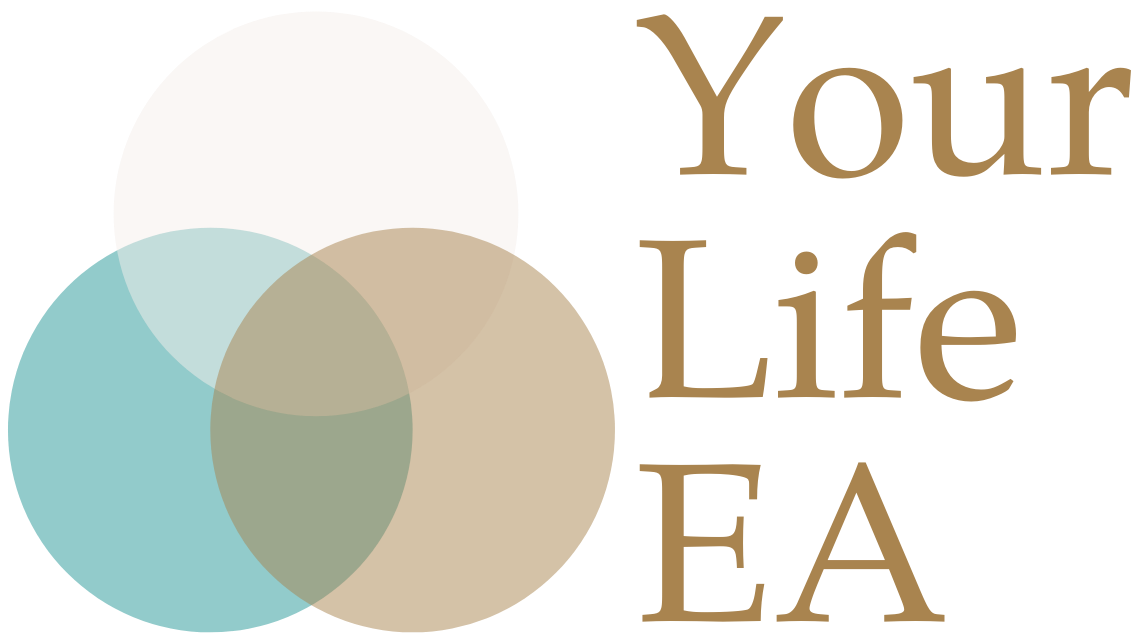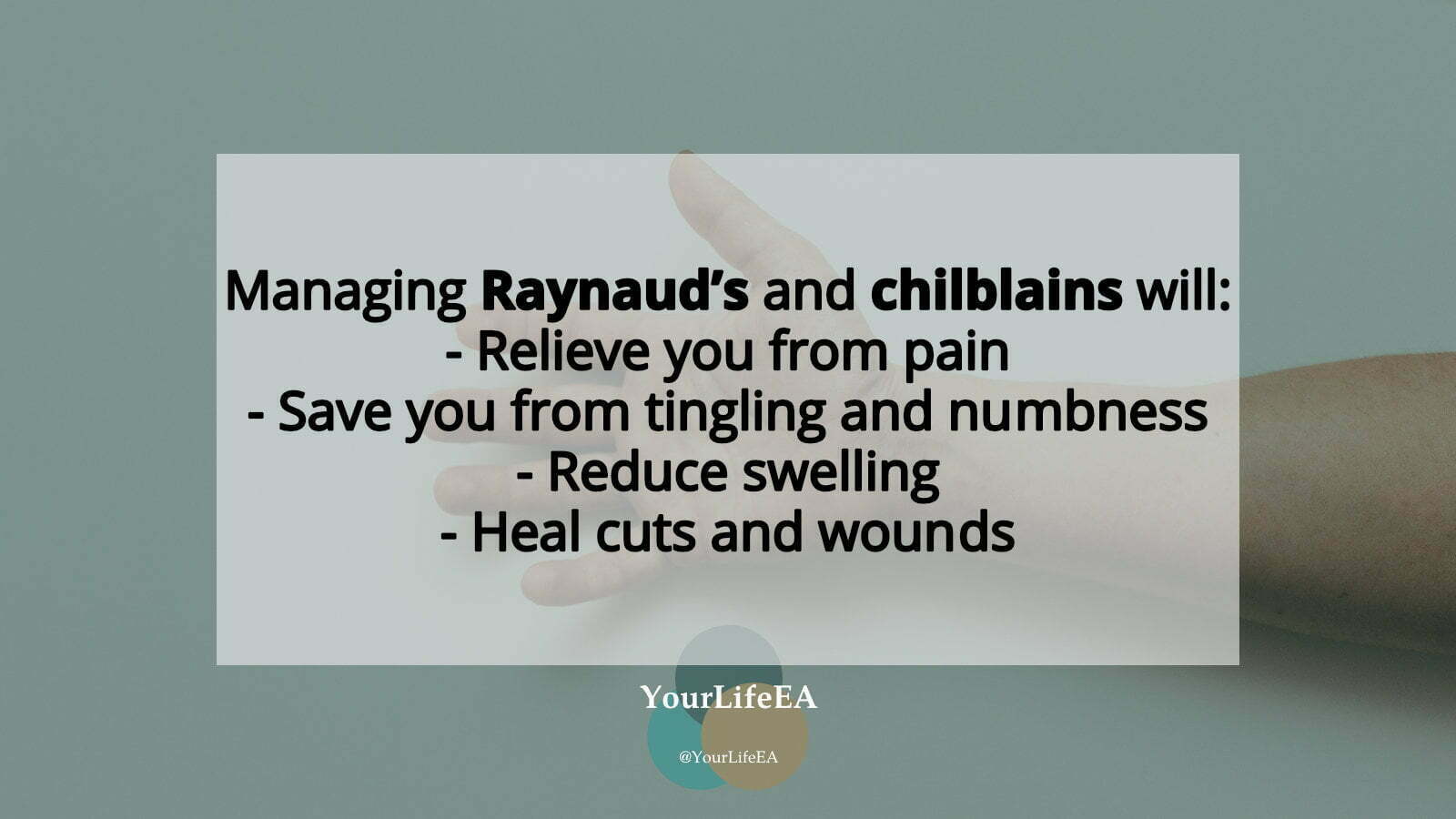What are they?
And what causes them
So what?
By the time this post gets published, it may already be spring in Canberra but hopefully you will find it useful so you can be well prepared when fall and winter come around in 2023. We’re going to touch on what Raynaud’s and chilblains are which will be followed by a post on how I’ve been managing it this year. Managing Raynaud’s and chilblains will:
- Relieve you from pain;
- Save you from tingling and numbness;
- Reduce swelling; and
- Heal cuts and wounds.
Raynaud’s
Raynaud’s causes your arteries to narrow and it’s a condition brought upon by cold or stress. The small arteries in your fingers and toes are particularly affected by Raynaud’s. Symptoms include your fingers and toes becoming pale and changes from white to, often times, blue. You will feel cold in the affected parts which turn into numbness and eventually pain when the blood flow is restored. The throbbing pain is often followed by further numbness and/or tingling sensation when blood flows back into the affected area.
Chilblains
Chilblains is a skin condition whereby the small blood vessels get inflamed in the skin when you’re exposed to cold or damp environments. Similar to Raynaud’s, symptoms include numbness and/or tingling in the affected areas. Where it differs from Raynaud’s is that chilblains causes swelling due to the inflammation of the small blood vessels. This difference can lead to itchy bumps and thick/scaly skin. Chilblains can occur in the ears, legs and nose as well as fingers and toes whereas Raynaud’s generally affects only fingers and toes.
Causes
The most annoying thing about Raynaud’s and chilblains is that the exact, underlying cause of either of these two medical conditions are unknown. We only know that they occur when those with these conditions are exposed to cold (in the case of Raynaud’s and chilblains) or stress (in the case of Raynaud’s). This means that there is no known cure for them. The best we can do is manage and lessen the symptoms.
My experience
I have been suffering from Raynaud’s and chilblains for the last five years. Despite growing up where the temperature reaches minus 30 degrees celsius (and fahrenheit), I seem to be affected by Canberra winter as soon as the temperatures hit the teens. The first few years were spent by figuring out what was causing them. Once I was diagnosed, I was able to start managing the symptoms and reduce the affect when they strike in May and linger around until October. This is the first year that I seem to have a grasp on them which I will share about on our next post.
What now?
- Are you suffering from Raynaud’s and/or chilblains? Know the difference so you can manage their symptoms.
- Do you have any tips or tricks? Share with us on how you’ve been managing the symptoms.

